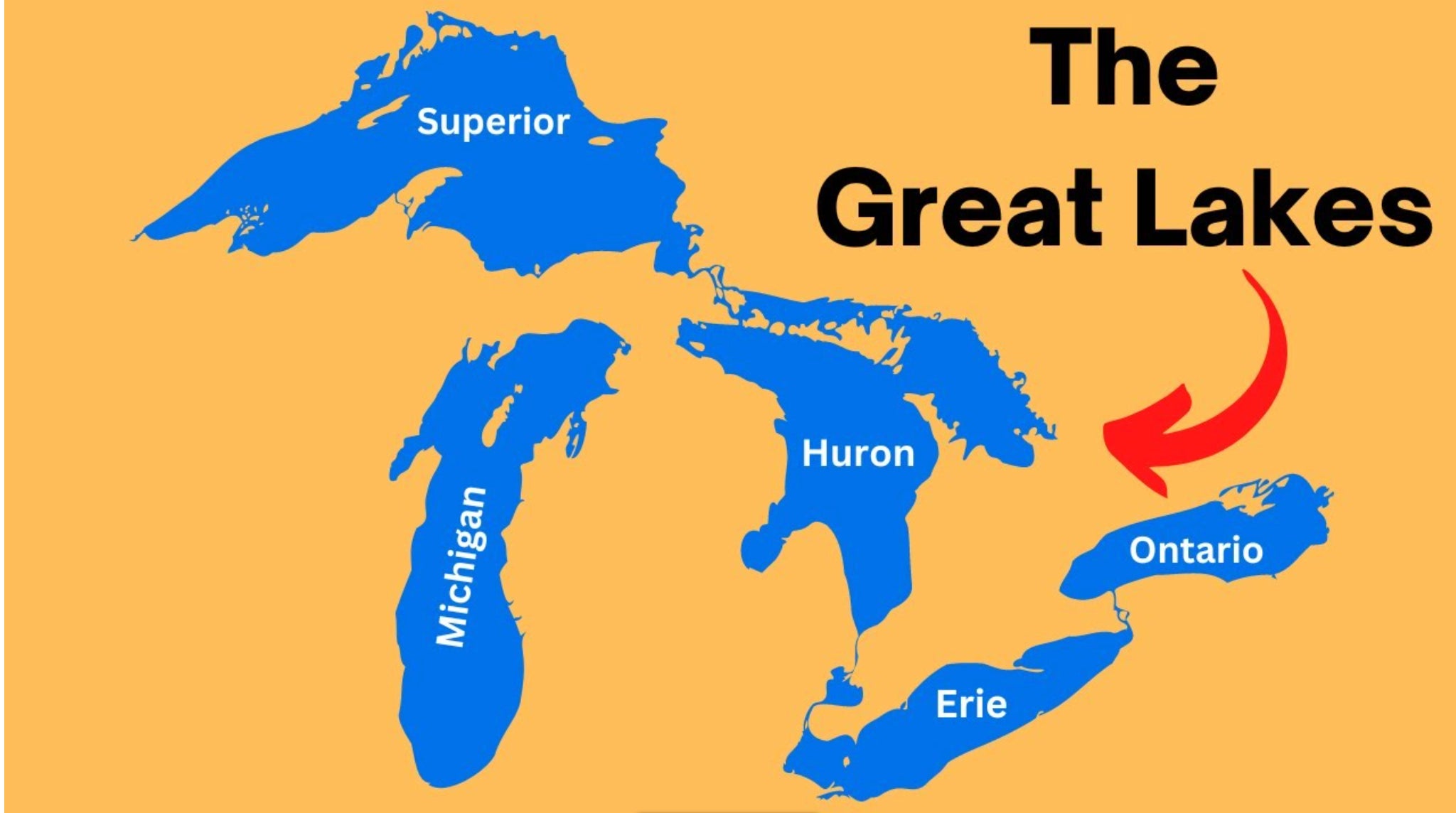Watch This When You're High - Great Lake Facts

I would love to have given a shout-out to @LakeFacts for submitting this idea, but they sadly didn't. I was watching the lake more than usual this weekend because we had the Chicago Air & Water Show this weekend, where pilots were pulling ridiculous stunt moves over our stunning Lake Michigan the whole weekend. We really are so lucky to live somewhere so beautiful.

Advertisement
Let this serve as a wellness check for our friend @LakeFacts as we haven't heard from them in a while.
Here are a bunch of Things You Probably Never Knew About The Great Lakes…..
If you live in the Great Lakes region, you're probably aware of how the lakes came to be. They were dug out by giant glaciers back 3,000-10,000 years ago.
The melting mile-thick glaciers of the Wisconsin Ice Age left the North American continent a magnificent gift: five fantastic freshwater seas collectively known today as the Great Lakes — Lake Superior, Lake Huron, Lake Michigan, Lake Erie and Lake Ontario. From the westernmost tip of Lake Superior at Duluth, Minn., to the easternmost tip of Lake Ontario at Watertown, N.Y., lakes stretch a thousand miles across the heartland of both the U.S. and Canada, creating nearly 9,500 miles of ocean-like shores.
About 9,000 years ago, the early stage of Lake Superior, called Lake Duluth, drained southwest out the St. Croix and Mississippi rivers, along what is today the Minnesota-Wisconsin border. About 7,000 years ago, as the last ice left, the land to the southwest of Lakes Erie and Michigan had risen high enough that the lakes no longer drained in that direction. Lake Ontario came into being, and the Niagara River became Lake Erie’s outlet.
As the ice sheet retreated into Canada, it temporarily made Lakes Superior, Michigan and Huron into one huge body of water called Lake Nipissing, which had the unusual quality of having three outlets — via the Ottawa-St. Lawrence rivers, Detroit-St. Clair rivers and Illinois-Mississippi rivers. Lake Huron continued to drain eastward out the Ottawa-St. Lawrence rivers until about 5,000-6,000 years ago. Lake Michigan continued to drain out the Illinois River where Chicago now stands until about only 3,000 years ago, when the Great Lakes finally assumed their present shapes. The Great Lakes today hold an estimated 6 quadrillion gallons of water — a fifth, or 20%, of all the drinkable water on the surface of Earth. If all the water in the Great Lakes were spread evenly over the continental U.S., the 48 states would be flooded under more than nine feet of water. The surfaces of the lakes total more than 94,000 square miles — covering an area about the size of the entire state of Oregon.
The awesome sizes of the Great Lakes amaze just about everyone seeing them for the first time. These lakes look like oceans and often seem to behave like oceans. They have coastal currents — including dangerous rip currents — and occasional large tide-like changes in coastal water levels called seiches caused by prolonged strong winds, passing storms, storm surges, and edge waves. Like the oceans, the lakes also moderate the air temperature and increase the amount of rain or snow that falls on the lands surrounding them.
Keep the suggestions coming. Keep them classy. No butt stuff.
